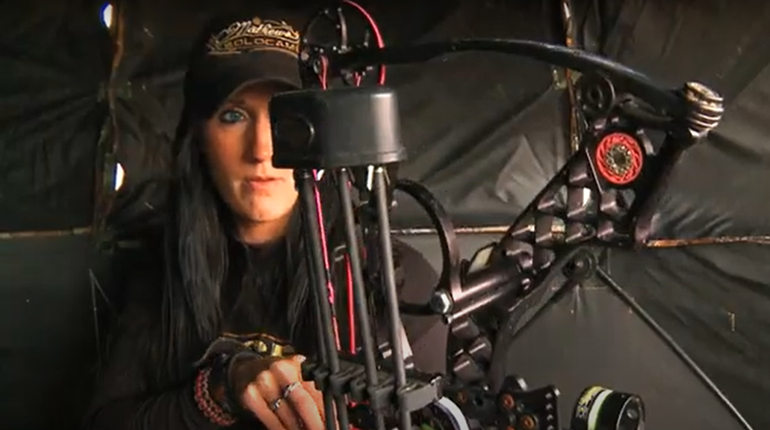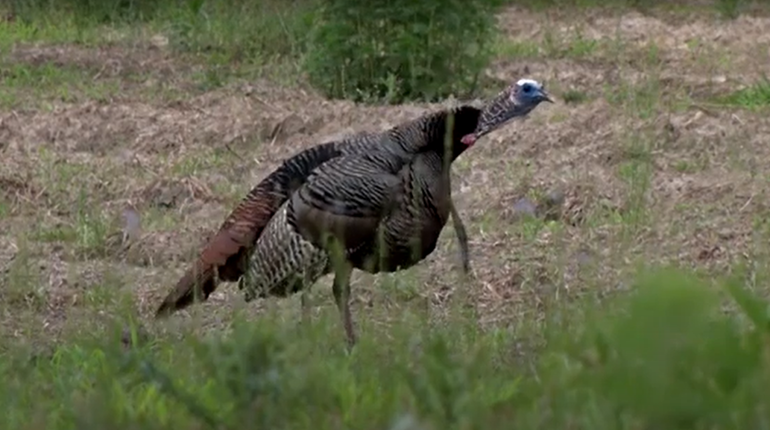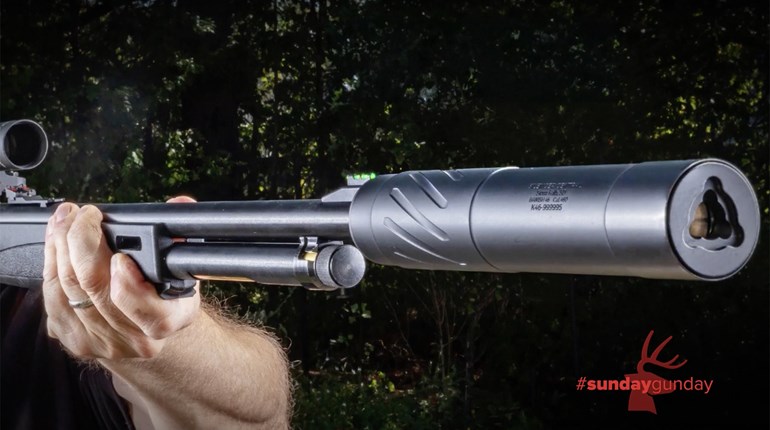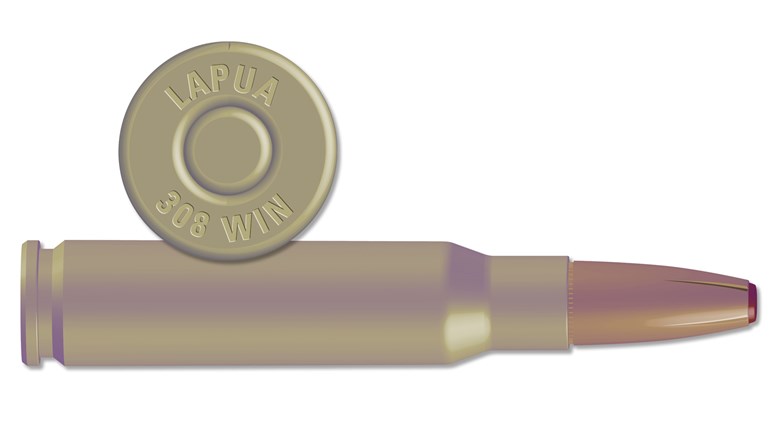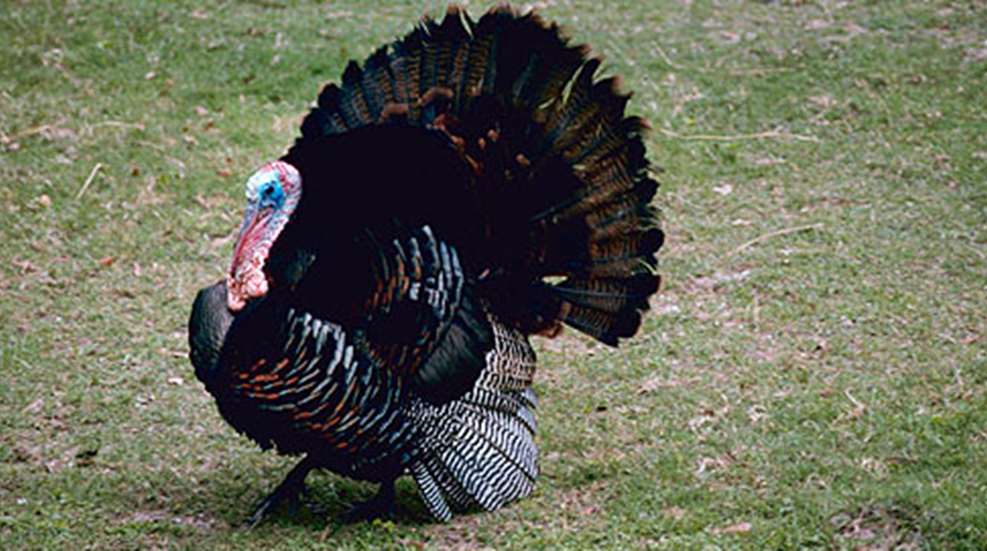
A slight iridescence caught my eye as I descended the hill toward a creek bottom—it’s a hen turkey, already on a nest, three weeks before the start of the Pennsylvania season. It’s odd, but not unheard of; however, as I continued my shed-antler and morel mushroom hunting expedition, I discovered a second nest on just 40 acres of land.
In case you haven’t noticed, the weather is really out of whack right now. Those same warm air currents you cursed in November for causing the deer to bed all day and the mallards to stay in Canada are about to affect your turkey season. It’s always good to have a few late-season tricks up your sleeve for those last desperate weeks, but this year they’re all the more essential. The warm weather is spurring an early turkey rut, and the birds in some parts of the country are already acting like it’s mid-May.
“This was one of the most challenging seasons we’ve ever had,” said Mike Tussey, owner of Osceola Outdoors. “It was 10 to 15 degrees warmer than normal, and it really affected the birds. We still got a lot of gobblers, but we really had to adjust our strategies and work hard for them.”
Here are a few tactics to keep in mind when hunting late-season gobblers. You may need them sooner than you think.
1. Pattern Daily Turkey Movements
Here’s one to take out of the late-season whitetail playbook: As with deer, once turkeys are breeding less actively, they’ll resume a more routine movement pattern. Most hens are laying eggs and the gobblers aren’t as drunk on lust, so you’ll have a difficult time calling in a bird. Instead you can try setting an ambush.
“Where are the turkeys roosting? Where are they feeding?” said Tussey. “In-season scouting becomes critical.”
It’s one thing to set up near a roost tree, wait for the bird to fly down, call him in and give him the news, but late-season birds are less likely to respond to that game. So you need to ask yourself where they’re going. Look for an area nearby where the birds have scratched for sustenance and look for fields in which they’re feeding on grasshoppers. Then determine the likely travel corridor from roost to feed and set the trap.
This spring I watched over AmericanHunter.org contributor Doug Howlett’s shoulder as an Osceola flew down from the roost, milled about for a couple hours and then, as Howlett predicted, walked right toward us en route to a feeding area. We didn’t even call, except for a quick cutt to stop the bird and allow Howlett to deliver 2 ounces of No. 5s to its noggin.
2. The Kee-Kee Run
Once the birds aren’t breeding as aggressively, try toning down the dirty talk and utilizing more social calls. Purrs, clucks, little yelps, anything that might lure birds in for the promise of company. A great one is the kee-kee run. It’s primarily employed by fall turkey hunters, because it’s most often heard as hens gather their poults; however, it shouldn’t be overlooked by spring hunters. Young birds, especially, will kee-kee in the spring. Pressured gobblers probably haven’t heard the kee-kee from other hunters, it’s a realistic, non-threatening call, and it’s a great trick to bag a last minute gobbler.
3. Concealment is Everything
Not all late-season tactics are a result of hormonal changes in the birds, but rather due to hunting pressure. By the second half of the season, the dumb gobblers are dead and the survivors have seen it all. They know the calling game and have putted at many a careless hunter. So you must take extra care with your concealment. I don’t particularly like hunting out of a blind—it can bake in the sun and impair 360-degree vision—but it’s darn effective late in the year.
“Even in a blind, a smart old bird can bust you,” said Tussey. “His eyes are that good, so a blind or at the very least good ground cover to break up your outline is super important.”
The blind also helps because many birds travel in silence late in the year. And isn’t it always when you least expect it that you wipe your brow and a bird starts putting at you? The blind helps you wait out those sneaky, muted gobblers.
4. Give ’Em the Fan
As my buddy J. Guthrie likes to say, “If you can’t call ’em, crawl ’em.” That is, if the gobbler won’t come to you, go to him. Use the terrain and your woodsmanship to sneak up on the tom, which is a lot harder than it sounds. If possible, move when the wind blows or when the bird is strutting away from you (though birds strut less late in the year) to hide your movement.
A trick that seems to be en vogue these days is using a turkey fan to stalk birds. Hold the fan in front of you and slide or army crawl toward the bird. I’m not sure why this strategy seems to work: Are the birds curious, confused or do they really think you’re an approaching gobbler? But plenty of people, particularly in Midwestern expanses where birds are spotted from afar, use it quite effectively. This method does present some obvious safety concerns, so employ a little common sense and don’t bust it out on crowded public land.
5. Be Patient
A lot of turkey hunters get bored during lulls in the late-season action and are out of the woods by 9 a.m.—don’t be that guy. Be patient, sit tight and tough it out. Try a stationary approach to kill quiet gobblers rather than running, gunning and bumping birds you had no way of realizing were there.
Tussey and I combined several of these tactics during the last week of Florida’s season. After the birds flew down from the roost, we hadn’t heard a gobble, but we decided to wait it out a few hours. We built a makeshift blind out of bushes and deadfall, got comfortable and hunkered in. Every so often Tussey employed some gentle calling, but we mostly just sat and waited.
At one point I realized I’d been sleeping, and when I opened my eyes a 3-year-old gobbler was simply walking by. Tussey made a quick cutt and the bird politely lifted its head for me to shoot.
We didn’t kill that bird with decoys or expert calling. We killed it with patience, concealment, scouting and, most especially, a whole lot of luck. And that’s just what it may take for you to kill a gobbler this season.













